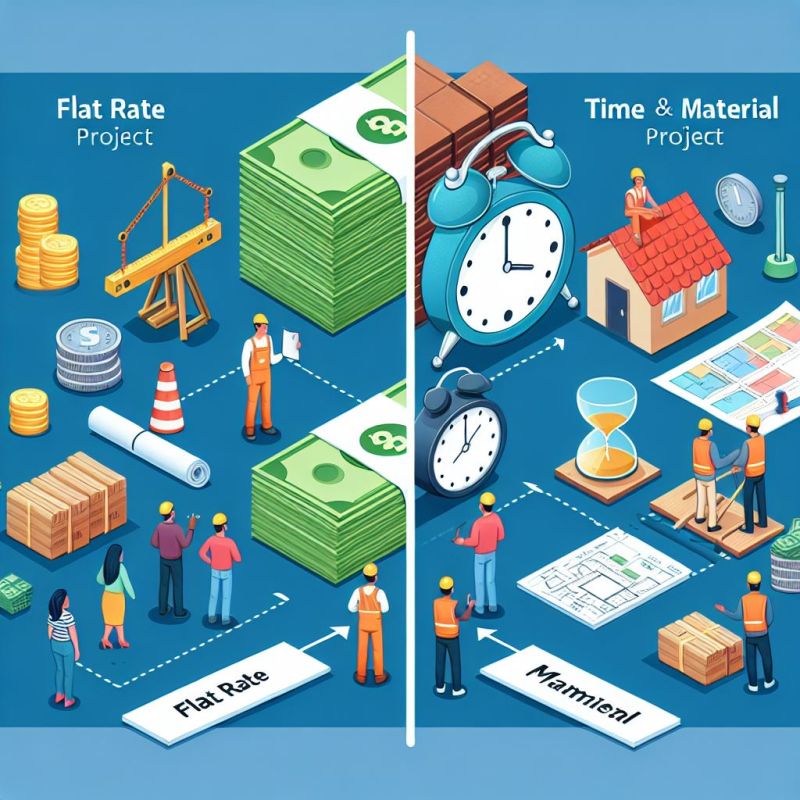Let’s talk about an hourly rate on work and why I don’t like to talk about it. 🙂
Well, the issue is not that I don’t like to talk about it. The issue is that it’s a red flag for a client’s posture towards the value of services.
First let’s talk about the pros of T&M:
1) Risk Reduction -> Your risk is greatly reduced as the provider since you’re paid for your hours.
2) Cost Sensitivity -> Client saves money since they pay for the exact amount of time the job takes.
3) Financial Flexibility -> When the scope is unclear this allows for the flexibility needed to adjust based on the needs required to attain the desired deliverable.
The problem with those pros is that they aren’t the value add they look like on the surface and most of the resistance to the issues that T&M mitigates against can be easily overcome.
1) Risk Reduction -> Risk should be mitigated by the nature of clear scopes. If something goes beyond the scope there is a change order for the unknown issues. Putting more risk on the client for a deliverable that the provider is responsible for will simultaneously tie the provider’s hands.
2) Cost Sensitivity -> There’s nothing about billing by the hour that will reduce this dynamic and I’ve never seen a T&M guestimation produce a situation where the hours did not increase past an original guestimation of the work. If you are able to bid that accurately so that you don’t have to go back and ask for more hours, then it really makes sense to introduce a flat rate.
The best answer to cost sensitivity is tell someone “Here’s the deliverable that you want, here’s the cost to get there based on these assumptions. If those assumptions don’t change, then it will not cost you another penny past this number.”
3) Financial Flexibility -> This is not a distinct value add between flat rate and T&M. Flat rate does not mean turnkey and you can include an assumption of scope that the client will take to add flexibility. Every time I’ve seen this in the wild it’s produced is a continual negotiation with a client where they feel they’re being nickeled and dimed because each moment you hit your guessed hours you’ll need to go back to the client and ask for more. While there’s nothing about a flat rate quote that reduces the need for discussion the moment the assumptions the quote is based on change, it definitely reduces the need for disucssion down from a potential many to a single.
I’m interested in pushback for this. Has anyone founf that using T&M as a standard method did not produce the problems i’ve listed above? How did that work for you?

Thoughts on Data, Culture, and Organizational Development
